Can AI replace an interior designer?
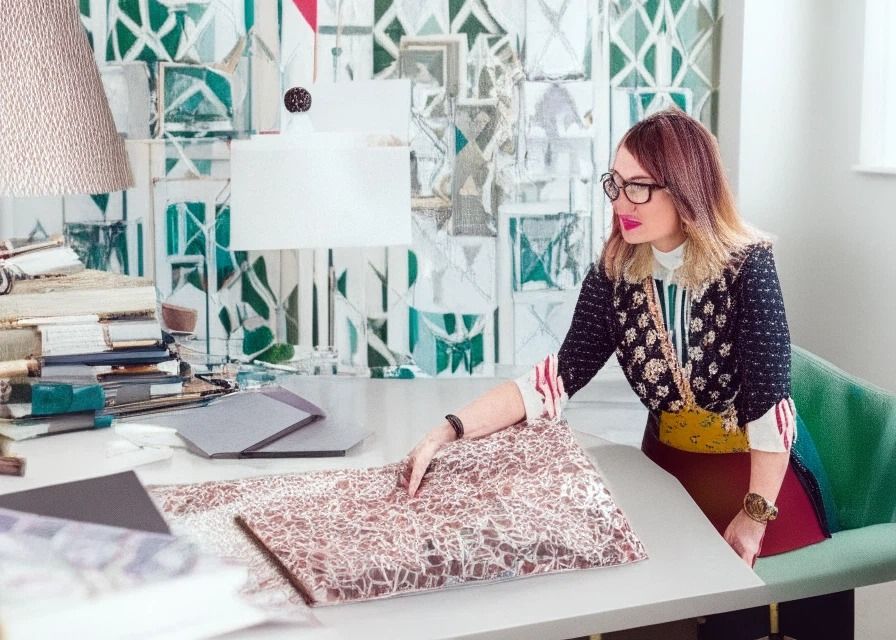
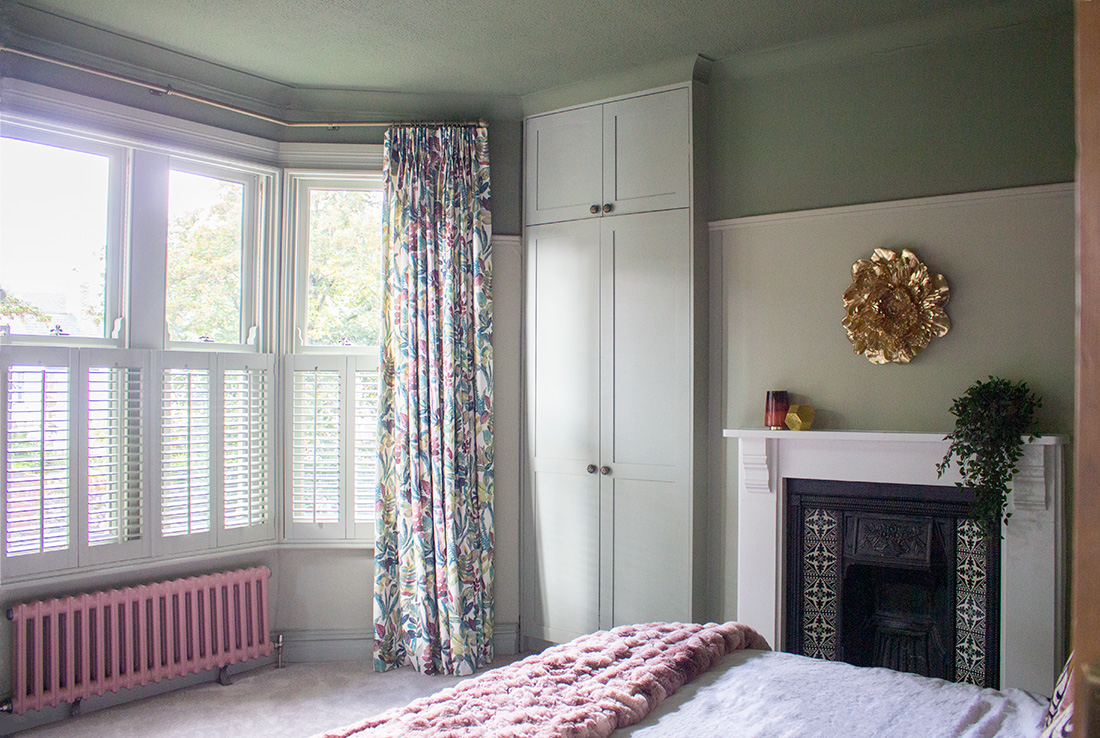 |
|
I was in a consultation meeting with a client recently, and we were discussing curtains for her living room as part of the whole design concept. She’d been thinking about this project for a while, and she had lots of ideas and swatches of fabrics she liked. She showed me her favourite one, and although it was beautiful, I had to tell her I wouldn’t suggest using this fabric for her curtains as it was made from 100% linen. Linen isn’t the best choice for curtains because it’s a natural fabric which absorbs any moisture in the air and expands and contracts as it reacts to said moisture. |
| This client’s house is a beautiful period property but has draughty single glazed windows, so there would likely be many changes to the moisture levels in the room throughout the day. If we used linen, her curtains would lengthen when absorbing moisture and would shrink again as they dry out. As we were planning to have floor length curtains, this would have been very obvious and would mean her curtains wouldn’t fit properly most of the time! The client was really pleased I’d mentioned this, and said that this was why she was hiring a designer - so she could access an expert’s knowledge. |
|
This got me thinking about the many design decisions we make all day in our studio, and how a little knowledge can help avoid problems further down the line. There are things you wouldn’t necessarily know about or consider without having had experience with them, so I’ve decided to share a few tips to help avoid any design regrets when the dust has settled and your project is finished. |
|
Think about how your curtains are made |
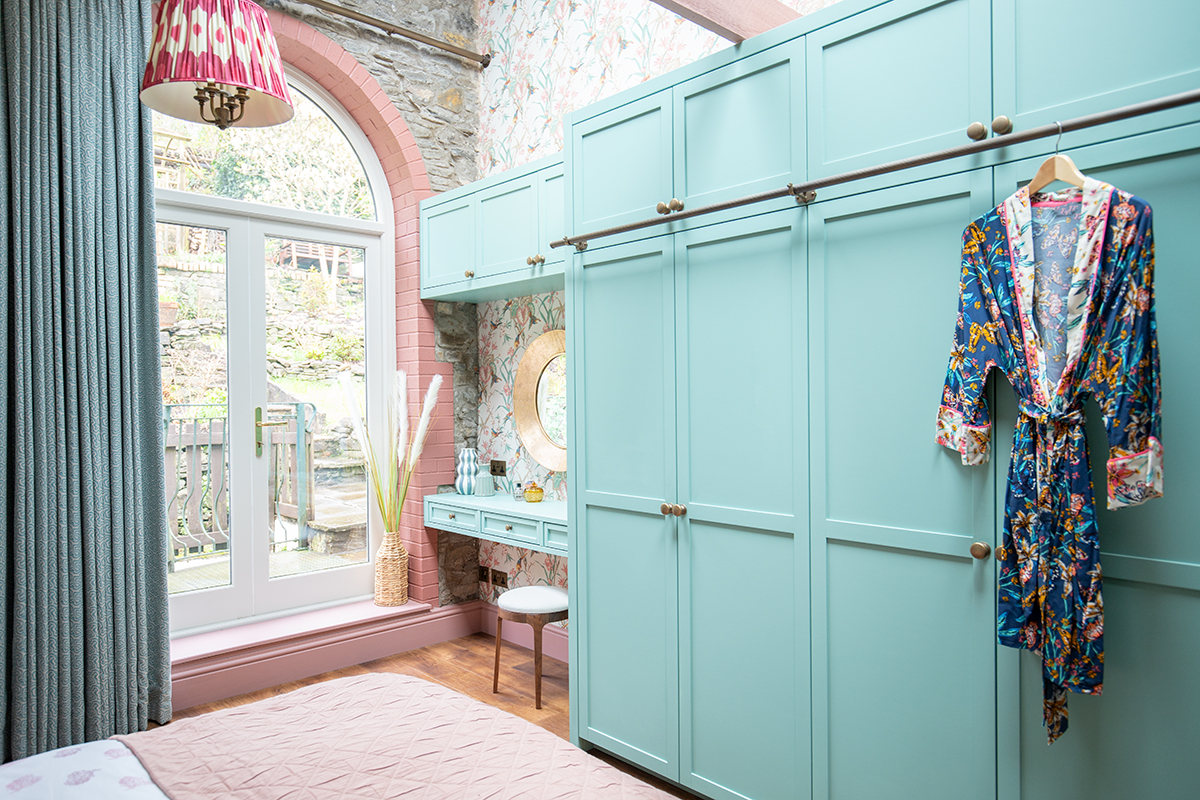 |
|
Sticking with curtains for a moment, when we were working on a recent bedroom project, the clients said the room could become cold in the winter, and that they needed the fabric to be thick to help insulate around their French doors. The curtain was going to be a single piece, as we had designed storage to go on the other side of the doors, and it would also need to be long, as the doors and window above were tall. I knew that a thick fabric wouldn’t be the best choice for this project for several reasons - it would be heavy and difficult to move along the curtain pole, and it would also be stiffer than a thinner fabric, which would mean the curtain wouldn’t drape very well. As the curtain would be covering a set of doors, the clients would need to be able to pull it back so it doesn’t interfere with using the doors, and a thick fabric would be bulkier when stacked to the side and more likely get in the way. My solution to help keep the heat in the room was to choose a medium weight fabric for the curtain face fabric and suggest a lightweight interlining, along with the standard lining fabric. Interlining is a type of fabric which is sandwiched between the curtain and lining, which adds another layer of insulation to help trap warm air in the room and keep the cold air out. Because it is lightweight, it doesn’t add too much weight or bulk to the finished curtain. The clients were happy with this idea, so we went ahead and had our curtain maker make the curtain this way. The finished result looks lovely, works well and is helping to insulate the doors. |
|
Make a radiator plan |
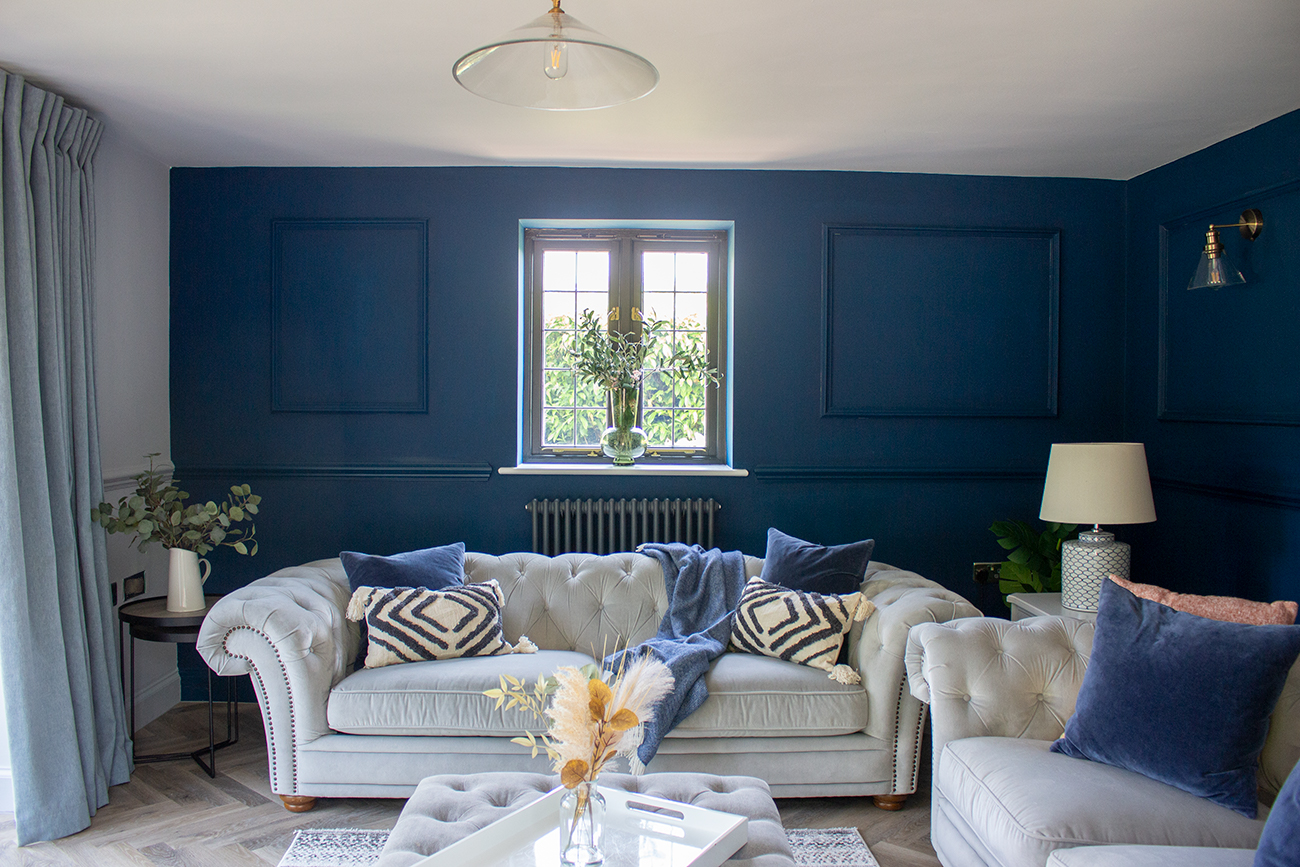 |
|
How we keep our homes warm is very important - we need our heating to work efficiently but it also needs to keep us warm. When planning a new space, such as a kitchen extension, it’s essential to think about not only where your radiators will go, but if they will give off enough heat to warm up the room. But how do you know if they will give you enough heat? The best way to work this out is to calculate the volume of the air in the room and match your radiator’s output to this volume. This sounds tricky, but it’s really simple - you need to know the length, width and height of your space, and you can use an online calculator to give you the amount of heat needed (measured in British Thermal Units or BTUs). Once you have this figure, you can find radiators which have an output which matches the needs of your room (if it’s a large space, you will probably need more than one radiator to do this). When looking for radiators, I’d recommend choosing ones which give off more heat than you need, as it’s much easier to turn them down if the room is too warm than to try to find additional ways to heat your room if it’s too cold. Radiator style and placement are also important, too. Vertical radiators are more efficient than they used to be, but they aren’t as efficient as horizontal ones (partly because warm air travels upwards). I’ve lost count of the number of people who have told me that they wish they’d known about this before choosing ultra-slim vertical radiators which don’t heat their rooms properly. And finally, it might sound obvious, but make sure you have enough wall space to hang the number of radiators you need - with the open plan spaces we live in today, it’s common to find that you only have enough wall space for one radiator, when you often need more than one to heat the space. |
|
Consider light spread |
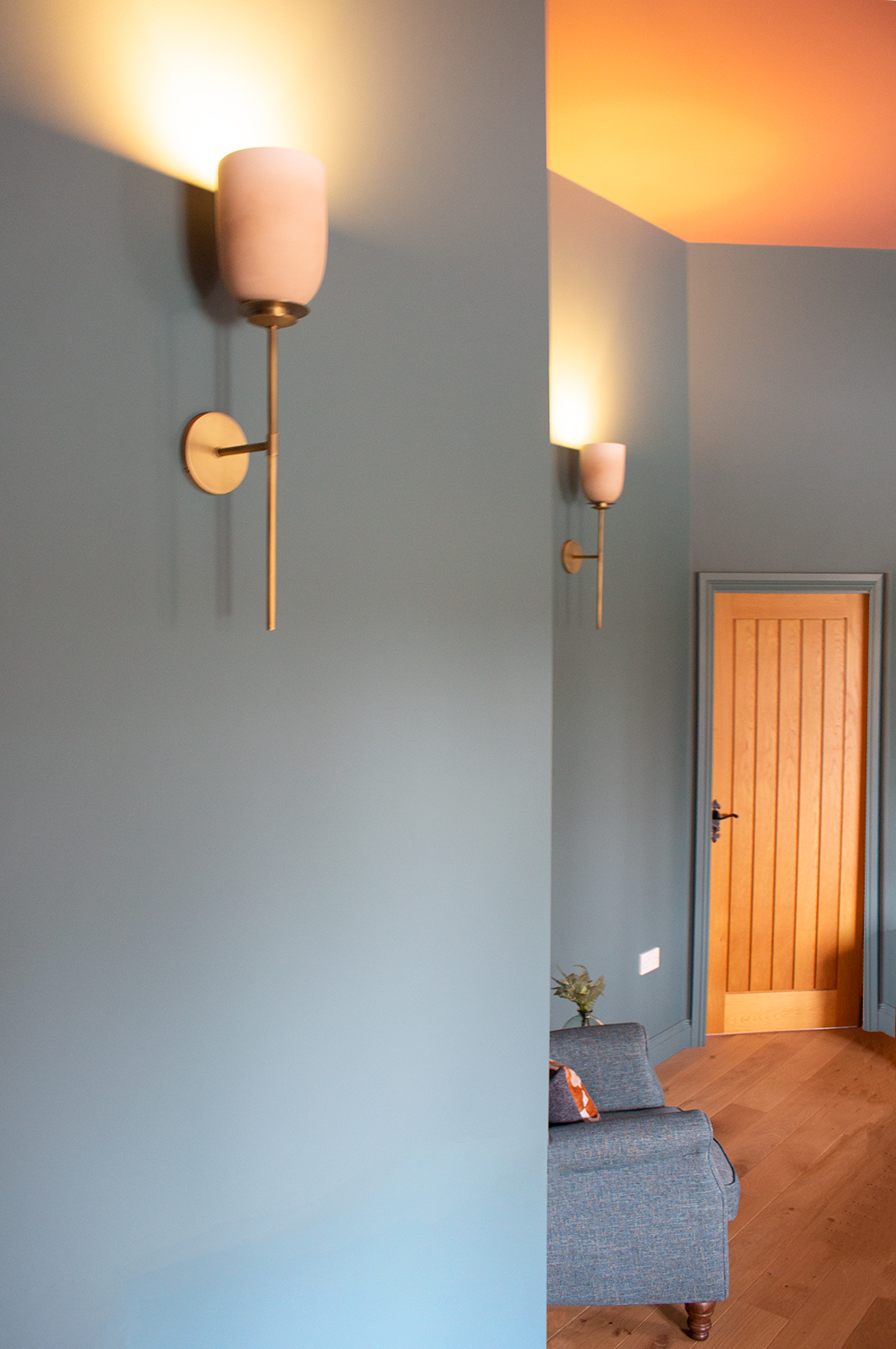 |
|
I think lighting is one of the most important aspects of interior design, and crucial to get right. There are so many different styles of lighting fixtures out there that it can take an age to find one whose style and shape you like, but there are other things to consider when choosing lighting. When sourcing the wall lights for our client's bedroom in The Unique Family Home project, we first thought about how the room would be used. A bedroom is most often used in the evening and at night, and when you are preparing yourself for sleep it’s best to have soft lighting to create a relaxing atmosphere. This room already had bright spotlights which could provide good general task lighting, and would have lamps on the bedside tables for reading, so there would be plenty of light in the room. We chose these beautiful lights to be decorative, but also to give a soft wash of light up the walls. The cone shape of the fixtures mean that the bulbs wouldn’t be seen from below (exposed bulbs are generally not relaxing to look at unless you’re really into the industrial look) and the light cast from the fixtures would be spread up the wall, giving a soft, relaxing glow. When looking for lighting, it helps if you can imagine how the bulb’s light will be spread out from the fitting - some shapes of lights are more open and will allow lots of light from the bulb out, meaning that the effect of the bulb will be spread over a larger area. Some fittings, like a desk lamp, will have a smaller space for the light to come out, meaning it will be more focused in one place and give you more concentrated light in the area you need it (like over your computer). |
| There are many more things to consider when planning a redesign of your home, and we’ll look at more of these in the future, but hopefully, these pointers will help you to avoid making expensive or irreversible mistakes. It really does pay to think the details through before lifting a paintbrush or calling the builder in - the end result will be so much better. |

Welcome to the design blog, where you'll see posts about anything from the projects we are working on, to the latest fabric and wallpaper collections, and all things interiors related. We love colour, pattern, architecture and old buildings, and we love to share our finds with you.
Happy reading!